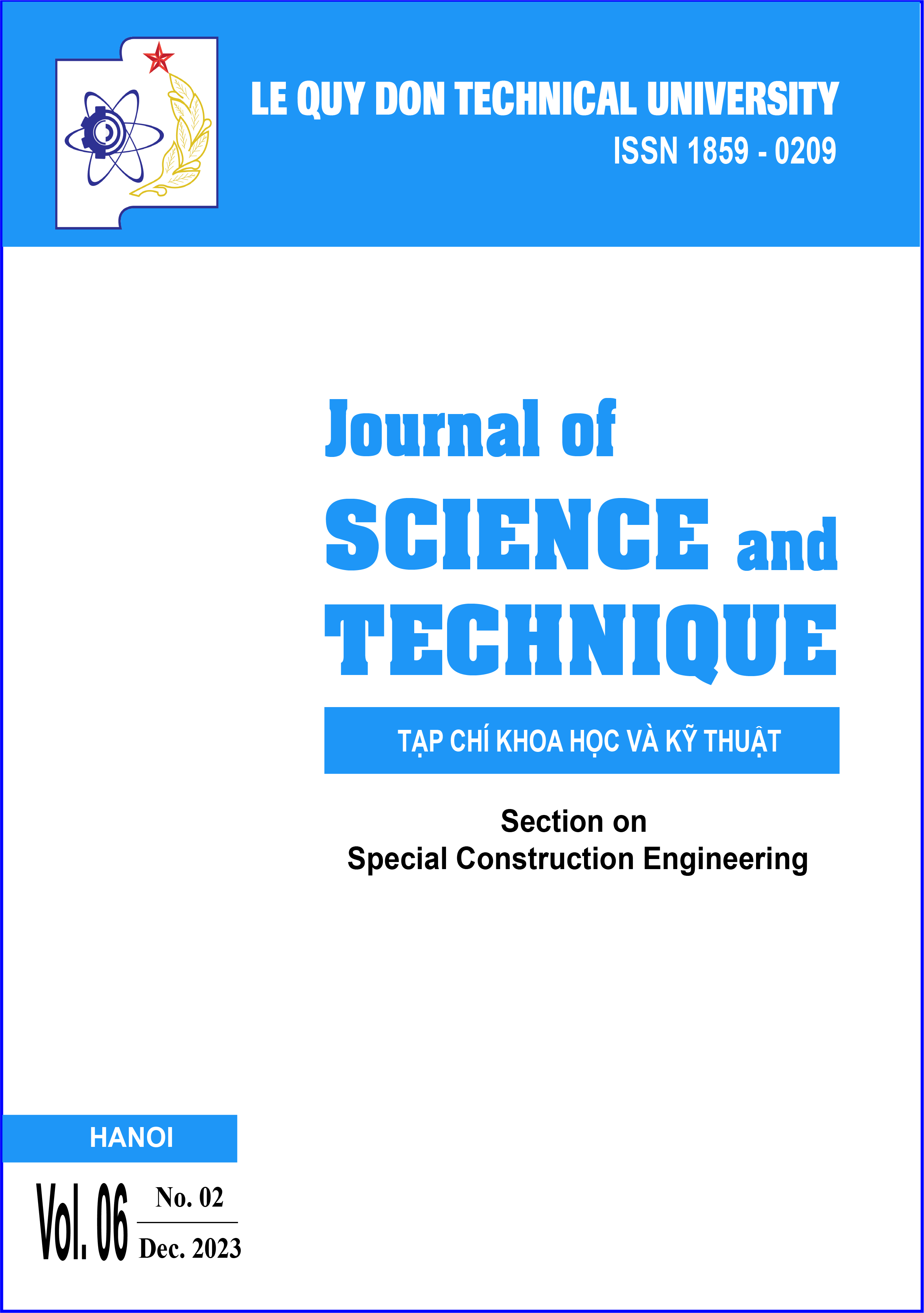DENOISING THE SHOCKWAVE PRESSURE SIGNAL OF UNDERWATER EXPLOSION BASED ON EMD-CEEMDAN IN CONSIDERATION OF THE SIGNAL CURVE CURVATURE
Abstract
The measured signal of shockwave pressure of underwater explosion is usually disturbed by many objective factors such as the disturbance of the environment surrounding the sensors, the complexity of wave propagation and wave reflection in complex environments, the formation and fluctuation of air bubbles, especially analog signals always have noise due to the influence of electronic noise from the A/D converter and circuit board error embedded in measuring devices, etc. These are the main causes of initial waveform distortion, obscuring important characteristics of the signal, and making it difficult to use and further analyze underwater explosion shockwave pressure. Based on two algorithms Empirical Mode Decomposition (EMD) and Complete Ensemble Empirical Mode Decomposition with Adaptive Noise (CEEMDAN), this article combines the two algorithms above into one denoising model called EMD-CEEMDAN model with Python codes. Three evaluation criteria such as the average curvature of the signal curve, signal-to-noise ratio (SNR) and mean squared error (MSE) are applied to establish the most suitable denoising model. Applying this model to experimentally measured signal of underwater explosion shockwave pressure, the results show that high-frequency noise is eliminated, the denoised signal is transformed into a typically smooth explosion signal while its peak pressure value differs only about 2% from that of the initial signal.

